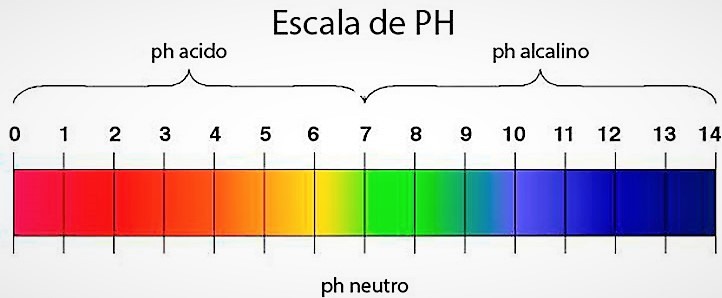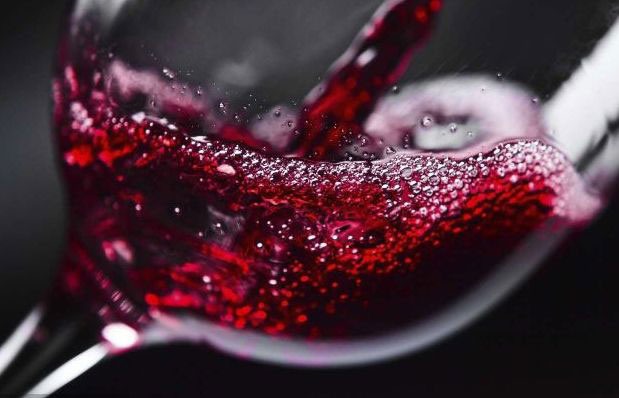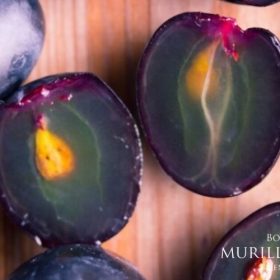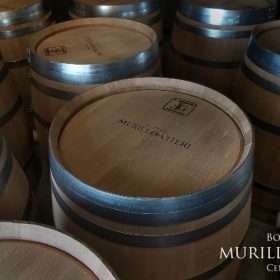🍇 Wine Acidity Explained: Essential Acids and Why They Matter
Acidity is one of the pillars of a great wine. It’s what gives wine its freshness, balance, and longevity, and plays a key role in the fermentation and preservation processes.
Let’s dive into the different types of wine acids and understand why acidity is such a vital part of winemaking.
🧪 What Is Wine Acidity?
Acidity in wine refers to the presence of organic acids that influence its taste, colour stability, and microbial safety. A proper level of acidity gives wine a vibrant character and enhances its ageing potential.
These acids can be naturally occurring in grapes or formed during fermentation. Some bring crispness, others softness, and some—if excessive—can lead to flaws like vinegar taints.
🔍 The 6 Main Types of Acids in Wine
🍇 Tartaric Acid
The most typical acid found in grapes. It’s extremely resistant to bacterial decomposition, helping stabilize the wine’s colour and acidity over time.
🍏 Malic Acid
Naturally present in green grapes—its flavour is often compared to green apples. During malolactic fermentation, this acid is converted into lactic acid, softening the wine and reducing sharpness.
🧬 Succinic Acid
Formed during alcoholic fermentation, this acid adds a slight saltiness and bitterness and has a smooth, viscous mouthfeel.
🥛 Lactic Acid
Produced when malic acid is converted by bacteria in malolactic fermentation. It brings a creamy, rounded texture, reducing sharp acidity.
🍋 Citric Acid
Naturally present in small amounts in grapes. It adds a fresh, zesty edge with a hint of bitterness. It usually disappears after fermentation by lactic bacteria.
🍷 Acetic Acid
A by-product of yeast fermentation. While low levels are normal, high concentrations lead to a vinegary aroma and taste, often considered a wine fault.
📏 Measuring Acidity in Wine
Acidity is measured by pH—a scale that determines hydrogen ion concentration. The lower the pH, the higher the acidity.
- Wines typically range between 2.8 and 4.0 pH
- Monitoring pH is essential during fermentation, especially at harvest
🍷 A wine with too little acidity feels flat. One with too much can taste overly tart or sour.
🌍 Factors That Influence Acidity
The acidity in wine is not uniform; it depends on:
- Grape variety: Some varieties are naturally more acidic
- Climate: Cooler regions tend to produce grapes with higher acidity
- Vineyard altitude & soil: Higher altitude and calcareous soils influence acidity retention
🍇 Our Vineyards: Naturally Balanced Acidity
Our vineyards in Tahola and Valdegún, located in Cenicero and Fuenmayor at an altitude of 466 metres, face north and sit on calcareous soil. The result? Grapes with optimum acidity—perfect for crafting the elegant crianzas and reservas our customers love.
🌿 With an average vine age of 25 years, these grapes give us wines with structure, freshness, and age-worthy balance.
 🥂 Final Thoughts: Why Acidity Matters in Wine
🥂 Final Thoughts: Why Acidity Matters in Wine
Acidity isn’t just a technicality—it’s the backbone of a well-crafted wine. It:
- Enhances freshness and flavour
- Stabilises colour
- Preserves the wine naturally
- Protects against spoilage
A wine without proper acidity is like a dish without seasoning—flat and forgettable. But with the right acidity, wine becomes vibrant, balanced, and full of life.









 Deutsch
Deutsch Français
Français Italiano
Italiano Nederlandse
Nederlandse